Dental veneer is a thin, custom-made covering which is affixed to the anterior area of one’s teeth in order to boost their appearance. Composite and porcelain veneers are the two most prevalent types of veneers. However, additional options, such as lumineers and removable veneers, are available. The ultimate price is determined in part by the kind of veneer used, the location of the patient, and the degree of difficulty of the case. The typical amount of time required to recover from such procedure is not very long.
What are Dental Veneers?
The dental veneers are remarkably fine, custom-built caps that are utilized in enfolding one's teeth anteriors. They are utilized in dental field to enhance the teeth’s appeal and they are often composed of stuff called porcelain or even composite resin material. The dental veneers are being utilized in order to hide chips, fissure, and other faults in the teeth as well as alter the color, form, size, or length of the teeth. Furthermore, they are placed on the rear teeth, if needed, although they are typically put on the front teeth since that is where they are more distinguishable.
Teeth Veneers are a familiar odontology procedure because they really provide a flawless, white, and brilliant smile over just a few dental visits.
Dental veneers are applied using a variety of methods, comprising slightly invasive and conventional methods. A little portion of enamel is removed from the tooth’s front surface when using the standard application technique, in order to accommodate the veneer. It is assured that in doing it, the veneer fits and appears natural once it is in place. A clinical impression of the tooth is made following the removal of the tooth’s enamel, and sent to a dental laboratory where the veneer is specifically made to fit the tooth. A specific dental cement is used to attach it to the tooth when the veneer is complete.
Little to no tooth preparation is necessary when installing veneers using a minimally invasive technique. Patients who have good teeth and few flaws employ the technique. A special dental cement is used to secure the veneer into place once it is customized to fit over the neighboring tooth.
Either or both of these techniques are utilized to place veneers to one or more teeth depending on the patient’s particular needs. The dentist explains the appropriate technique depending on the patient’s needs and conditions.
Dental veneers, in general, are significant and serve to enhance the teeth’s aesthetics. They are frequently used to conceal teeth that cannot be whitened using conventional teeth whitening techniques because they are completely stained or pigmented.
Veneers are used to fix teeth with cracked, chipped, or unevenly shaped edges. Additionally, veneers are utilized to make teeth appear more properly symmetrical. They create the appearance of a nice, even smile, and fill in tiny gaps between teeth.
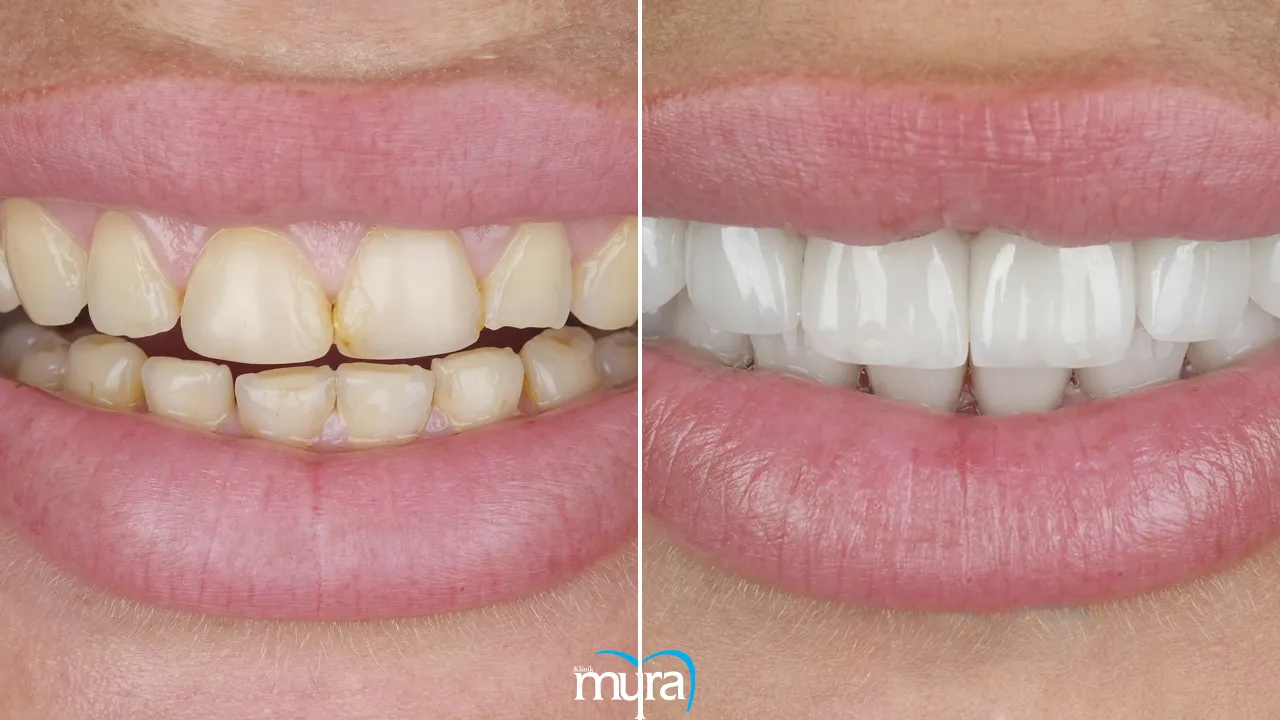
What materials are dental veneers made of?
Veneer, commonly, is created by the usage of components porcelain or composite resin. Porcelain veneer is manufactured utilizing fine sheets of porcelain which are then molded well and tinted to mirror the actual person’s structure of the tooth. Porcelain veneer really keeps the teeths authentic looks for several years since porcelain is known because of its strong, lifelong substance that resists discoloration. Porcelain veneer, yet, is far costly in comparison to composite veneer, and its course demands several visits to dental professionals.
Veneers constructed with composite resin were composed of a mixture of acrylic and tiny glass particles. They are immediately finished in just a one-day appointment and are often not much costly than porcelain. Composite resin veneer is an excellent substitute for clients who wish in boosting their teeth’s structural appearance on a cosmetic level even though they are really not firm and durable compared to porcelain veneers.
When is a Dental Veneer needed?
A patient needs dental veneers if they have tarnished or discolored teeth that cannot be lightened using conventional teeth whitening procedures, gaps between their teeth, teeth that are smaller than usual, and teeth that are chipped, fractured, or uneven. Veneers are used to make the teeth appear better and provide the user a perfect, white, and brilliant smile. They are common cosmetic dental procedures because they are effective in treating a variety of aesthetic problems and take only a brief amount of time to execute.
Veneers, however, are not everyone’s best choice. They are sometimes not appropriate for persons who have many dental issues or expensive tooth damage. Furthermore, they are more permanent than teeth whitening or other cosmetic procedures. The dentist assists the patient in determining whether veneers are the best solution based on the patient's wants and circumstances.
Nevertheless, veneers are not always the better option to everyone. They are a more permanent solution than teeth whitening or other cosmetic treatments, and they are not suitable for an individual with several dental problems or significant tooth damage. The dentist helps the patient decide if veneers are the right option based on his/her needs and circumstances.
What are the types of Dental Veneers?
Dental veneers have various forms, to with: composite, lumineers, porcelain, and removable one.
The dentist takes a lot of variables into consideration whenever he/she decides which veneer type to use. Such dental expert assesses the client's total situation of teeth and gums to correctly conclude whether veneers are really the best treatment choice. Veneers are not the greatest choice if patient has serious tooth decay, gum disease, or other issues. Additionally, one’s dental doctor considers the patient’s dental health status, financial situation, and preferences.
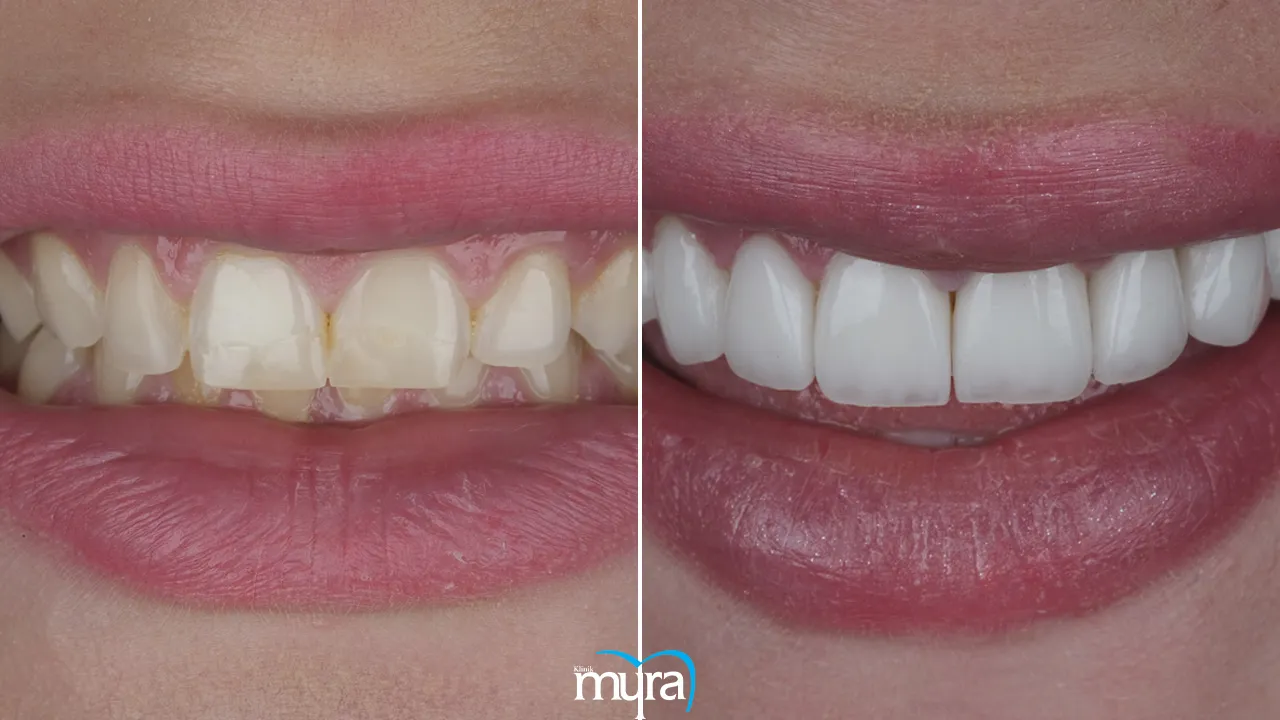
1. Porcelain Veneers
Porcelain veneers are tiny, customized shells used as coverings of the anterior portion of one's teeth. Porcelain, a robust and long-lasting stain-resistant material, is generally utilized to formulate them. Porcelain veneers are done to enhance the look, shape, size, or length of teeth, making it pleasing to the eyes. They are frequently used to hide chips, fissures, or other flaws in the teeth, and to give the client a very beautiful, radiant, and white smile.
Porcelain-made veneers are a famous cosmetic dentistry procedure due to the fact that they are customized for matching the color of the teeth’s natural enamel and look extremely natural once they are in place. They are sturdy and long-lasting with correct care. Porcelain veneers, on the other hand, are a longer lasting method and are sometimes not advisable for everyone. The dental expert assists in determining if porcelain veneers are the best alternative based on the patient’s needs and circumstances.
The case complexity, quantity of veneers being utilized, and the dental office’s locale, are few of variables affecting the porcelain-made veneers’ total price. Porcelain veneers are known for being more pricey, contrary to the mentioned composite-made veneers and other cosmetic dental methods.
Porcelain veneers are typically worth between £245 and £2,087 per veneer, with an average price of roughly £1,252. The overall veneer cost, however, differs depending on the patient’s special demands and becomes greater or lower than normal. It is crucial to talk over the cost of the procedure with the doctor prior to selecting a choice.
Porcelain veneers in Turkey are generally more affordable than in the UK, with prices ranging from £125 to £325 per tooth, depending on the material and clinic.
This cost-effective option attracts many patients seeking quality dental treatments at a lower price. It's essential to discuss your specific needs and treatment plans with your dentist to obtain an accurate quote tailored to your situation.
Porcelain veneers have some benefits, namely, being so sturdy, genuine-looking and stain-proof. Porcelain is a long-lasting, durable substance that lasts many years as long as these are cared for properly. It blends in perfectly with the natural shade of the patient's teeth and appears completely normal once in place. Porcelain veneers aid in preserving the teeth’s natural appearance progressively due to porcelain’s resistance to discoloration. On the other hand, porcelain has the drawback of being more pricey than other forms of cosmetic dental work. It is more invasive than various alternatives, which is another drawback. Traditionally, a tiny bit of enamel from the tooth's front surface had to be removed in order to place porcelain veneers. Last but not the least, porcelain-made veneers are not reversible because they are a permanent treatment option. Veneers are taken out and replaced with a new procedure if the patient decides that they no longer want it.
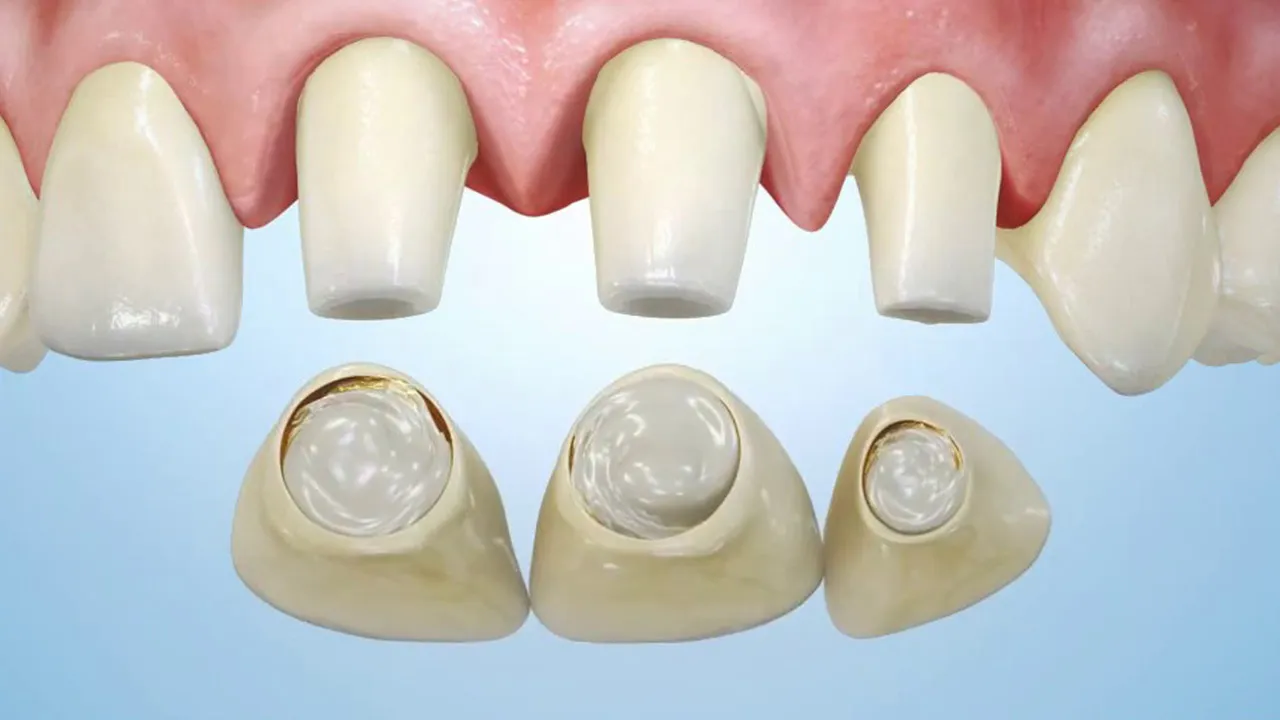
2. Composite Veneers
Composite-made veneers are slender, personalized shells utilized to wrap the front teeth. They are being utilized to enhance the look of the teeth and are created from a combination of acrylic and tiny glass particles. Composite-formed veneers are able to hide chips, cracks, and other flaws in the teeth as well as to alter the color, form, size, or length of the teeth. They are finished in just one dental visit and often affordable when compared to porcelain veneers.
A wide range of factors impact composite veneer’s value. It is basically budget-friendly than porcelain-made ones and some other forms of dental cosmetic work. The price per veneer typically ranges from £120 to £1,252 with an average price of roughly £417. However, the overall cost of the veneers are greater or cheaper than usual depending on the patient's situation.
The few composite-built veneer’s advantages are fast, simple, and economical. Composite veneer, generally, is low-priced than porcelain one and other forms of method. Clients need not to wait for it to be manufactured at the dental laboratory as it is finished within just one session. Composite veneers are polished and molded onsite, mimicking the genuine look of an individual's teeth.
Anyhow, it doesn't last long for the reason that it’s less sturdy or long-lasting than porcelain ones. Additionally, they are not consistent in maintaining the natural appearance in the long run, and are highly susceptible to discoloration than porcelain-made veneers. Finally, it does not really appear natural compared to porcelain-formed veneers especially at times when tint is not accurately matched to actual teeth.
In general, composite veneers are an advisable pick for people who want enhancement of their teeth’s appearance and are searching for a faster and more reasonable solution. It's crucial to carefully weigh the benefits and drawbacks of veneers and talk about all alternatives together with a dental expert prior to selecting a choice.
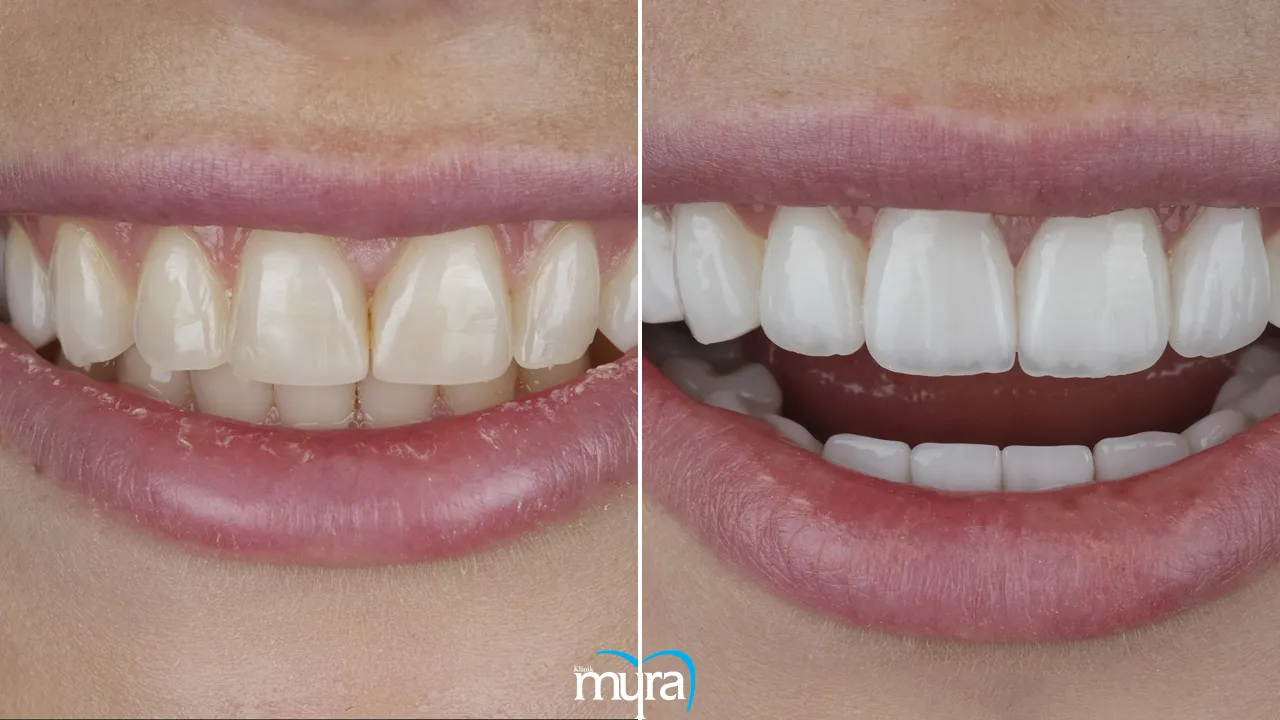
3. Lumineers Veneers
A specific brand of porcelain veneers known as Lumineers is designed to be extremely fine so that it is not necessary to remove any tooth structure in order to apply them on the anterior surface of the teeth. People who wish to whiten their teeth but do not want to undergo the method of having one‘s tooth amended by traditional veneers have the choice. Numerous cosmetic dental problems, such as gaps within teeth, crooked teeth, staining, and chips or fractures in the teeth, are resolved with Lumineers. They are used to give a person's smile a more polished appearance by providing a set of shiny, white, and equally spaced teeth.
The lumineers price differs in accord with the client's address, the complexity of his or her case, and veneer’s quantity required. These are expensive compared with traditional veneers since lumineers are constructed of highly strong medium and need more sophisticated procedures to make and install. The usual price of lumineers ranges from £228 to £1,669 for every tooth. Some dental offices, nevertheless, bill higher or lower than it.
Lumineers are typically more expensive than traditional veneers, with prices ranging from £228 to £1,669 per tooth. However, in Turkey, the cost of Lumineers is generally more affordable, averaging between £200 and £400 per tooth. This makes Turkey an attractive destination for those seeking cost-effective dental treatments without compromising on quality.
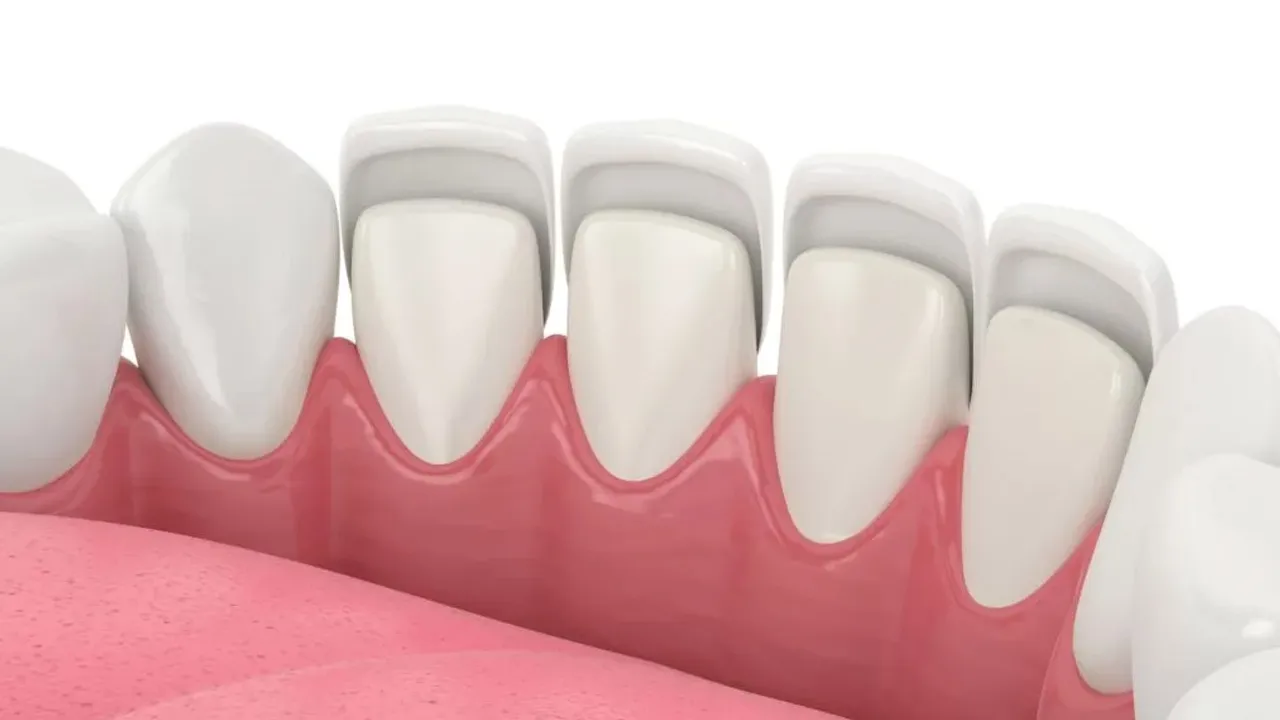
Lumineers have pros and cons like any dental procedure. Lumineers have the benefit of being applied without removing any tooth structure, causing them a far more conservative alternative to traditional veneers. They do not really feel or appear thick on the teeth because of how thin they are. They are constructed of strong, long-lasting materials. They are being utilized for a variety of cosmetic dental issues and are capable of lasting several years with proper care. On the other hand, one drawback is that they are more costly than traditional veneers. They cannot be applied to more complicated dental issues including severe misalignment or wide gaps in between teeth. They, too, are irreversible and not a good solution for persons who grind one‘s teeth or engage in other behaviors that exert a lot of strain on the teeth since they are more likely to sustain damage in these circumstances.
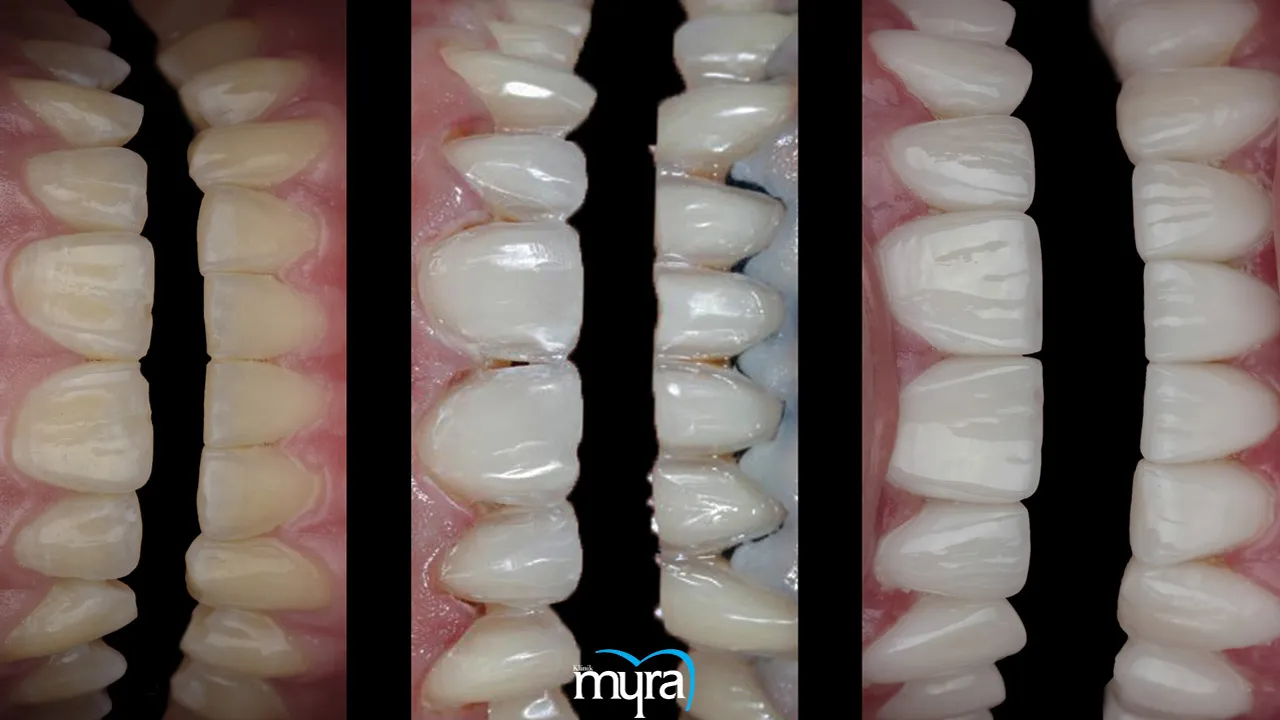
4. Removable Veneers (Temporary Veneers)
The removable veneers are modeled to properly fit to a person's real teeth to enhance their appeal. They are often made from acrylic or something else. They are taken off and put back on teeth as necessary. There are various kinds of removable veneers available such as press-on, clip-on, and snap-on veneers. Snap-on veneers are created from a very flexible material that is readily removed and clicks onto the teeth. The backside of the teeth are equipped with tiny clips that hold clip-on veneers in place. Press-on veneers are held in place by a stronger material which is pushed onto the teeth using adhesive.
Removable veneer rates differ depending on the kind of veneers chosen as well as the manufacturer or supplier. In general, removably attached veneers are less expensive than conventional veneers, which are adhered to the anterior surface of the teeth and composed of composite or porcelain. The veneers cost approximately £417 and £1,252 for snap-ons, and between £249 and £667 for clip-ons. Press-on veneers range in price from £41 to £417, based on the kind of material utilized and how well-made they are.
Removable veneers have benefits and drawbacks, like any dental procedure. Removable veneers have a number of benefits, including the fact that they are a less expensive option, that they are taken off and put back on the teeth as needed, and that they are a suitable option for people who wish to temporarily whiten their teeth or wear them for special events. The disadvantages, on the opposite hand, include the fact that they do not appear as natural or last so long as traditional veneers, they are unable to cure more serious aesthetic dental abnormalities, they are less comfortable to wear than other options, and they need to be changed more regularly.
What are the benefits of Dental Veneers?
Here are few of the reasons why dental veneers are beneficial:
- Natural-looking: Veneer is highly natural-looking since they are formulated to imitate the hue as well as form of the teeth.
- Durable: Veneers survive for many years with good maintenance because they are built of strong long-lasting medium like porcelain or composite.
- Quick results: Veneers are applied only for a few dental appointments, so patients see the procedure’s benefits fast.
- Customizable: Veneers are manufactured conforming to the client’s unique wishes and demands in order to obtain one’s desired image.
- Conservative: Veneers are a more conservative option than other dental treatments because they don’t really involve removing a significant amount of one’s real tooth structure, making it one of the favorable benefits of dental veneers
- Versatile: Veneers are a flexible form of treatment that are utilized to address a variety of cosmetic dental problems.
- Long-lasting: Veneers are a long-term key for enhancing the teeth’s looks since with correct maintenance, they last for many years.
What are the risks of Dental Veneers?
There are some hazards and potential consequences users need to be aware of, even though dental veneers are typically a safe and successful treatment choice for enhancing the looks of the teeth. Everyone needs to be aware of the dental veneers risks as it pose a number of concerns, including:
- Sensitivity: Patients likely suffer brief sensitivity to hot and cold temperatures following the operation. The enamel of the teeth was typically removed in order to make way for the veneers, which is usually the cause of it. The sensitivity does subside after a few days.
- Allergies: An uncommon occurrence is when someone develops an adverse reaction to the veneers' manufacturing materials. It results in symptoms like erythema, inflammation, and itching. Contact the dentist if these happen.
- Damage to veneers: Grinding the teeth or chewing or biting on something hard destroys veneers, even if they are composed of tough, long-lasting materials. It must be replaced or fixed in the event that a veneer is damaged.
- Veneers falling off: Veneers rarely break easily or even fall off. Make an appointment with the dentist very soon to get them repaired or replaced.
What are the procedures of Dental Veneers?
Consultation commonly marks the beginning of the veneer process. The dental expert checks the clients teeth and goes through any treatment options during the appointment. They take imprints of the patient's teeth and x-rays in order to develop a treatment plan and choose the correct size, form, and tint of the veneers. The preparation comes next. The dentist thins down a small portion of the tooth’s enamel to make room for the said veneers if porcelain-made veneers are an option. Typically, a local anesthetic is utilized to numb the area beforehand. There is no needed teeth preparation in composite veneers.
Fabrication follows that. The dentist does make imprints of the teeth and submit those to a dental laboratory after the teeth are cleaned and ready for veneers. The process takes a week or longer depending on the kind of veneers the customer is having and the lab's capacity.
The patient comes back to the dental office once the veneers are completed to have them permanently glued to the patient's teeth. The front aspect of the teeth is then covered with a special glue after the dentist has cleaned and dried them. The glue for the veneers is then hardened with a curing light before being applied to the teeth. The dentist does make any changes required to guarantee that the veneers fit correctly and appear natural when the adhesive has dried and hardened. The patient is required to have additional dental appointments after the veneers are installed in order to check the fitting and make any required corrections. It really is crucial to take care of them by flossing, brushing, and seeing the dentist frequently, to make sure that the veneers last as long as possible.
How much do Dental Veneers Cost?
Veneers typically cost between £241 and £1,252 per tooth in UK. Dental veneer prices vary significantly based on the materials used, the severity of the case, the method, and other elements. Porcelain-made veneers, for example, are much more costly than composite-made veneers because they are constructed of a harder and more lasting material and require more sophisticated processes to make and apply. Additionally, some dental offices often charge greater or lesser than the average depending on the skill and reputation of the dental office, the materials used to produce the veneers, and any extra operations to be required, including tooth preparation or gum conturing.
The cost of veneers is significantly lower in Turkey compared to the UK, largely due to lower living and labor costs. However, quality varies depending on the clinic, with both countries offering high-quality porcelain veneers. Turkey's growing dental tourism industry allows for competitive prices, while the UK offers more comprehensive insurance and regulatory oversight. Patients should consider factors like clinic reputation, materials, and dentist experience.
How long does it take to Recover from Dental Veneers?
Overall, the healing period following dental veneer placement is usually simple and rapid, and the patient begins enjoying the advantages of his or her new veneers in a matter of days. The healing process is usually finished in the first few days after receiving veneers.
Dental veneers do not require a particularly long or tough recovery period. The patient is likely to suffer minor sensitivity to hot and cold temperatures during the first few days following the placement of the veneers, but it is typically very temporary and treated with over-the-counter painkillers. The patient is allowed to resume normal activities in a few days after receiving veneers. However, it really is crucial to keep in mind that veneers are vulnerable and are ruined by grinding the teeth or chewing or biting on hard items. Maintaining adequate oral hygiene and preventing practices that harm veneers are essential for their proper care.
How long do Dental Veneers last?
The beauty of one’s teeth is improved permanently using veneers. Veneers survive for many years if properly cared for. Veneers often last for about 5 to 15 long years based on the kind of veneer chosen, dental hygiene routines, and any activities that put a lot of pressure on teeth. Composite-made veneer lasts for 5 to 7 years, while porcelain-made ones last longer with about 10 to 15 years or more. Maintaining good oral hygiene by routinely brushing teeth, flossing, and seeing the dental professional for checkups and cleanings, helps the veneers endure for a long time.
What are the side effects of Dental Veneers Surgery?
The following are examples of the dental veneer’s side effects:
- Tooth Sensitivity: Few individuals feel a brief tooth sensitivity in the aftermath of acquiring veneers. Such condition results from a tiny portion of tooth enamel being removed to create space for the veneers. The sensitivity, one of the side effects of dental veneer, diminishes on its own within a few days.
- Gum Irritation: There is a chance that the veneers cause irritation or inflammation to the gums. It is caused by the veneers rubbing on the gums or by the veneers’ materials.
- Allergic Reactions: People frequently have allergic reactions as a result of materials utilized in veneers. Erythema, edema, and pruritus are its symptoms.
- Damage to Adjacent Teeth: Veneers harm the neighboring teeth in times when they are not positioned correctly. It includes any kind of damage such as chipping, creasing, or other flaws.
To summarize, the following are a few of the negative effects of dental veneer surgery: sensitivity to hot or cold temperatures; pain or discomfort following the procedures; swelling of the lips or gums; temporary trouble speaking or eating; and bleeding or bruising of the gums. It is significant to emphasize that most people report little to no discomfort following the surgery, and these adverse effects are typically uncommon. Talk to the dentist for suggestions on how to treat the symptoms if the mentioned adverse effects occur.
Are veneers harmful to teeth?
No, in general, dental veneers do not affect teeth. Most people are seen to be safe with them. They are manufactured specifically to fit over the anterior surface of the teeth and are either constructed of porcelain or composite resin. Veneers enhance the appearance of teeth and last for many years when applied and maintained correctly. It is crucial to converse to the dentist about the procedure's potential dangers and benefits before making a choice. They assist in deciding whether veneers are the best course of treatment depending on the patient's demands and situations.
Is having your teeth whitened worth it?
Yes, teeth whitening is worth it. However, it relies on the choice and priorities of the individual. It is considered worthwhile for a person who is prepared to spend the money and time to change the appearance of their teeth because they are unhappy with the way they look. Some people decide that it is not worth it if they are happy with the way their teeth look, or if they are worried about the cost and any hazards involved.
Is Dental Veneers the same as Dental Laminates?
Yes, dental veneers have similar purposes with dental laminates and occasionally applied interchangeably. Both words describe fine, individually-made caps intended to cover the teeth’s anterior surfaces. They are used to enhance the teeth’s exterior and are made of porcelain/composite resin. Laminates are an improved kind of porcelain veneer. Few studies have pointed information about Dental Veneers vs Laminates, one of them is that laminates are substantially narrower and have minimal enamel removal requirement prior to placement.
The tooth's enamel is partially removed and the tooth is reshaped in placing veneers, especially porcelain veneers. The veneer is now the only thing keeping it safe due to the loss of the tooth's natural defenses. On the other hand, the tooth's enamel and structural makeup need not be changed while putting laminates.
The final decision regarding which is preferable relies entirely on the user and the dentist. It is due to the fact that every patient has different demands, and one choice typically prevails over the other when the individual’s needs, budget, and other issues are taken into account.





